Saint of the Day – 12 June – St Gaspar Bertoni C.S.S. (1777-1853) – Priest and Founder of the Congregation of the Sacred Stigmata of Our Lord Jesus Christ C.S.S., commonly known as the Stigmatines, Teacher, Apostolic missionary, Spiritual advisor. Born Gaspare Luigi Bertoni on 9 October 1777 in Verona, Italy and he died on Sunday 12 June 1853 in Verona, Italy of natural causes. Patronage – The Stigmatines. 
GASPAR BERTONI was born in Verona, in the Republic of Venice, on 9 October 1777, of Francis Bertoni and Brunora Ravelli of Sirmione. He was baptised the following day by his uncle, Fr James Bertoni, in the parish church of St Paul, in the Campo Marzo section of Verona. On both sides of the family, the profession of “Notary” was exercised and from an old legal document, it can be seen that the family was fairly well off. Even more outstanding, however, was the practice of the faith.
Following the death of his baby sister, young Gaspar remained the only child. He had the benefit of an excellent education both at home and at St Sebastian’s school, that was conducted by the municipality after the suppression of the Jesuits. They, however, continued teaching and also in the direction of the Marian Congregation. Young Bertoni here came under the influence of Fr Louis Fortis, who would in the future be the first Jesuit General after the reinstatement of the Company of Jesus.
From the grace of his first Holy Communion at age 11, Gaspar Bertoni was called to a life of mystical union. His vocation to the priesthood matured and at 18, he entered the seminary. In frequenting the theological course as an external student, he found in his professor of moral theology, Fr Nicholas Galvani, an excellent spiritual director.
During his first year of theology, he witnessed the invasion of the French armies (1 June 1796). This was the beginning of a 20 year period of great upheaval for his native city. Inspired by deep charity, he dedicated himself to the assistance of the sick and wounded, as a member of a Gospel Fraternity for the Hospitals, that had just then been instituted by the Servant of God, Fr Peter Leonardi.
At his priestly ordination (20 September 1800), at the dawn of a new century, he found himself in a world in need of much assistance for the resolution of the serious problems that disturbed it.
His pastor assigned the youth of parish to his pastoral care. He dedicated himself with all his energies and great organisational ability to the new mission. He established an Oratory in the form of a “Marian Cohort”, that had as its goal the Christian and social formation of the youth. All such organisations were suppressed by a decree from Napoleon (1807) and Fr Bertoni reserved the carrying out of his plans for better times.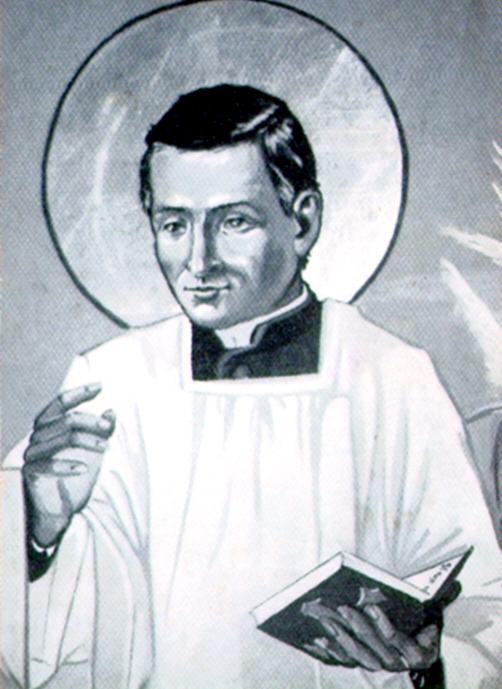
Meanwhile, he took over the spiritual direction of a community founded then by St. Magdalena of Canossa at St. Joseph’s Convent (May 1808). It was here that he met the Servant of God, Leopoldina Naudet, whom he would then spiritually guide to the heights of the mysticism of holy abandonment and to the foundation of the Sisters of the Holy Family. He extended this aspect of his ministry to another Servant of God, Teodora Campostrini, of a noble family, both in the discernment of her vocation, as in the foundation of her Community, of the “Sorelle Minime” of the Charity of the Sorrowful Mother.
By September of 1810, he had already moved from his family home after the death of his mother and was transferred from St Paul’s Parish, to St Firmus Major. Here, the bishop also entrusted him with the spiritual direction of the seminarians in the diocesan seminary. A solid spiritual and theological formation of the young was always the clear objective of the frequent gatherings that he held in his own home. At this time, he began to organise this endeavour in a more orderly fashion. His overall idea was the renewal of the clergy based on an unconditional adherence to the Supreme Pontiff, Pius VII, at that time, Napoleon’s prisoner. For Fr Bertoni, the Pontiff, was always “the first and irremovable stone” of the Church. The reform of the Church had to begin from the sanctuary itself, with the return of its ministers to the integral following of the Gospel. The diocesan seminary was going through a very bad crisis. However, in a short time it regained its proper form with his assistance and even assumed a monastic aspect as a contemporary witness stated.
With the fall of Napoleon, the need for restoration was widely felt. Fr Bertoni clearly understood that to gather the flock once again, it would be necessary to awaken them by the presentation of the fundamental truths of the faith through the preaching of missions to the people. On 20 December 1817, Pope Pius VII conferred on him a precise mandate, by conferring on him the faculty of “apostolic missionary“. While the suspicious government of Austria forbade this specific ministry, Fr Bertoni dedicated himself to other preaching and catechetical instruction.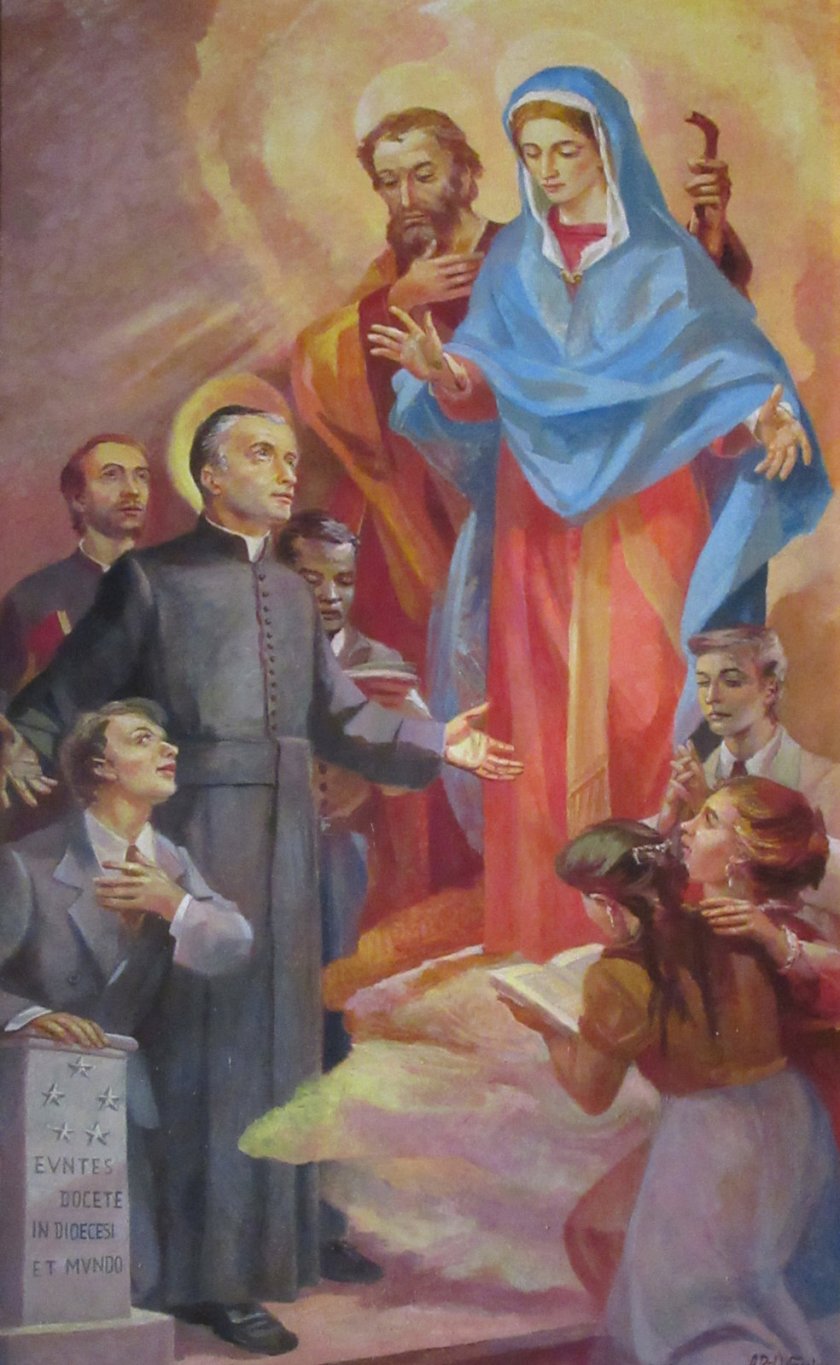
While becoming all things to gain all for Christ, Fr Bertoni cultivated a very intense interior life. From the reading of his Spiritual Diary, it appears that he was also grace by mystical gifts. Among these, was the call, made evident to him by grace, to the foundation of a religious family.
On 4 November 1816, with two companions, he moved into a small house, adjacent to a suppressed Church, that bore the title of “the Sacred Stigmata of St Francis (from this, the name of his community was eventually adapted; in this small church, he also worked to spread the devotion to the Passion and the wounds of Christ). In a very unostentatious manner, the new community opened a tuition-free school, offering this and other gratuitous services to the Church and society. The men lived together a common life of strict observance and penance. An intense life of contemplation was joined to a broad apostolate, including the Christian education of the youth, the formation of the clergy and missionary preaching, in perfect availability to the requests of the bishop.
Right after an ecstasy that he experienced praying before a Crucifix (on 30 May 1812), he suffered a first attack of “miliary fever” that brought him to the very threshold of death. Almost miraculously, he did recover but for the rest of his 41 years of life he remained in poor health, all this while giving a wonderful example of patience and heroic confident abandonment to God. Even from his sick-bed, suffering indescribable discomfort, he became the “angel of counsel” for countless persons who sought him out. A number among these were gifted human beings, who were founding charitable works, such as Blessed Charles Steeb, the Servants of God, Fr Nicholas Mazza and Fr Anthony Provolo – and others from outside the city, who came to Verona to meet with him.
St Gaspar was an authentic image of Christ Crucified, with nearly 300 surgical procedures on his right leg that he endured, he could not suffer enough for the good of the Church and the salvation of souls. Once doctor asked him if he needed anything – and among his last words were: “I need to suffer”.
In a vision of vivid hope in the Risen Christ, bearing the signs of His Triumph, and supported by the Holy Spouses and Patrons, Mary and Joseph, he died a holy death, at 3:30 on a Sunday afternoon, 12 June 1853.
His Congregation of the Sacred Stigmata of Our Lord Jesus Christ, enriched by so many sufferings, gradually spread beyond Verona, to other cities in Italy and then to the United States, to Brazil (where it presently has 6 Bishops), to Chile, to the Philippines and to mission territories: South Africa, the Ivory Coast, Tanzania, Thailand. In 2012 they had 94 houses spread around the world….(vatican.va)
St Gaspar was Beatified on 1 November 1975, Saint Peter’s Square, Vatican City by Blessed Pope Paul VI and Canonised 1 November 1989, Saint Peter’s Square, Vatican City by St Pope John Paul II.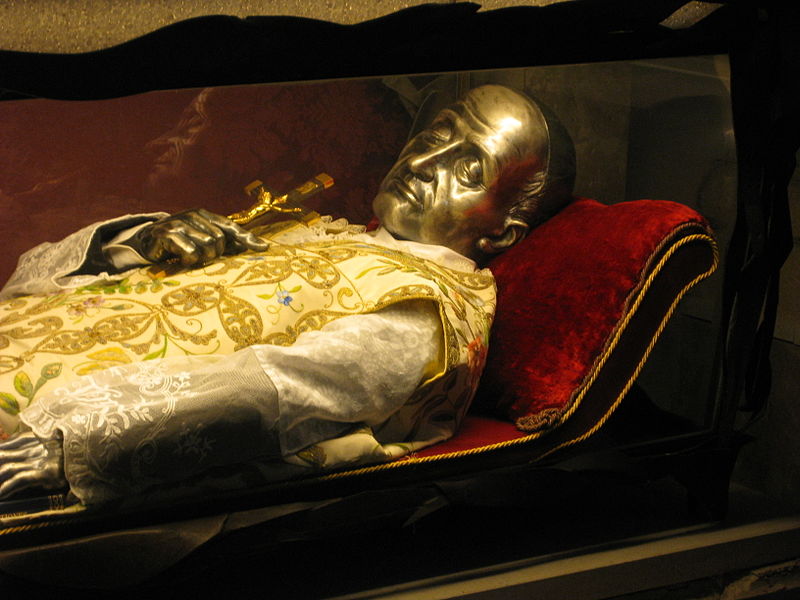
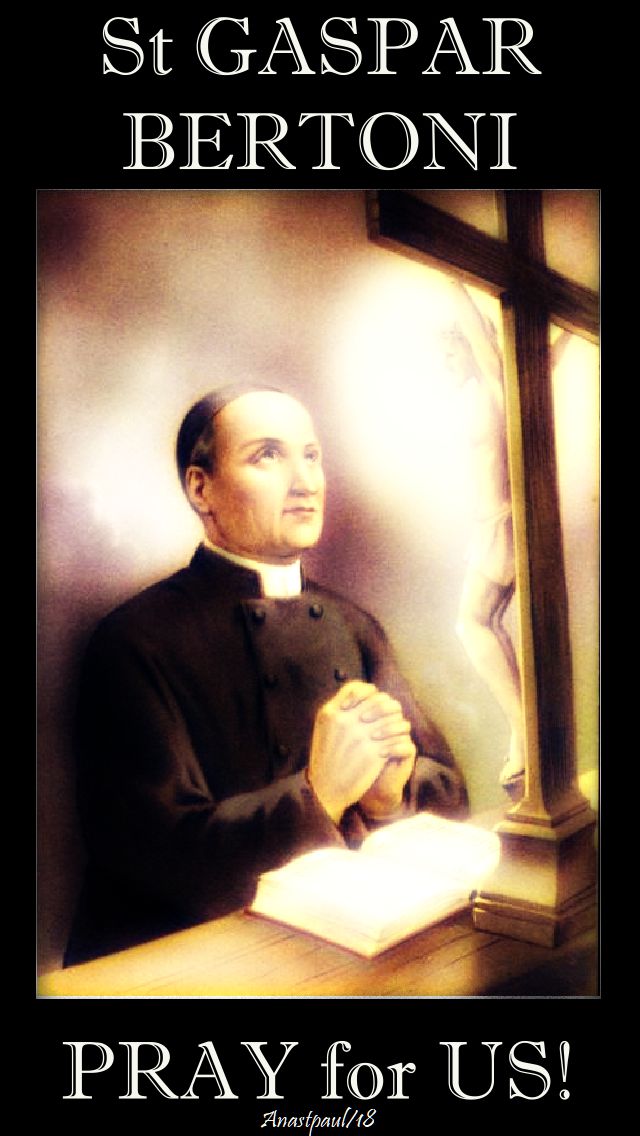
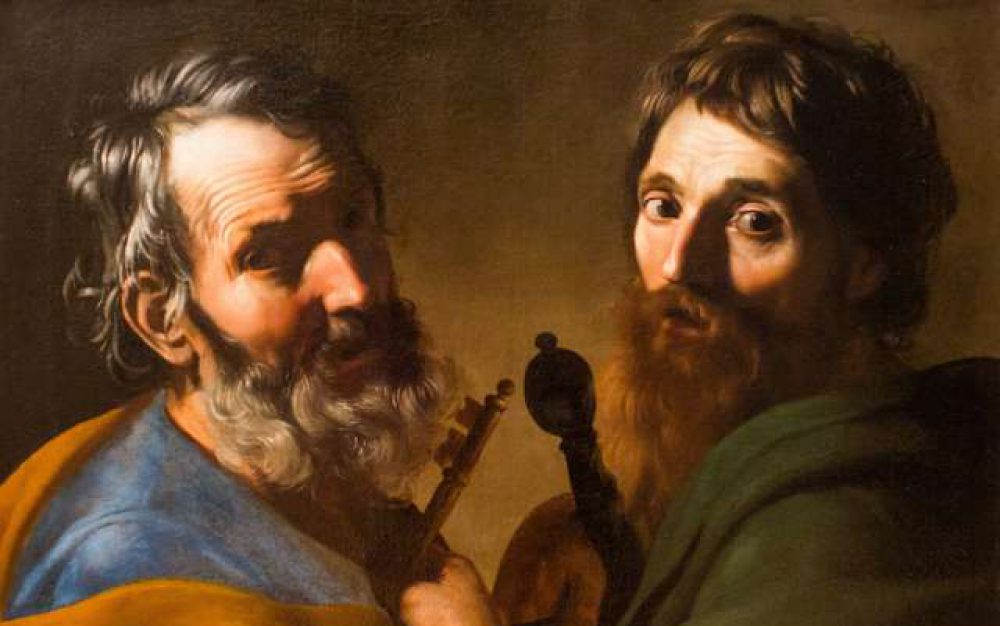

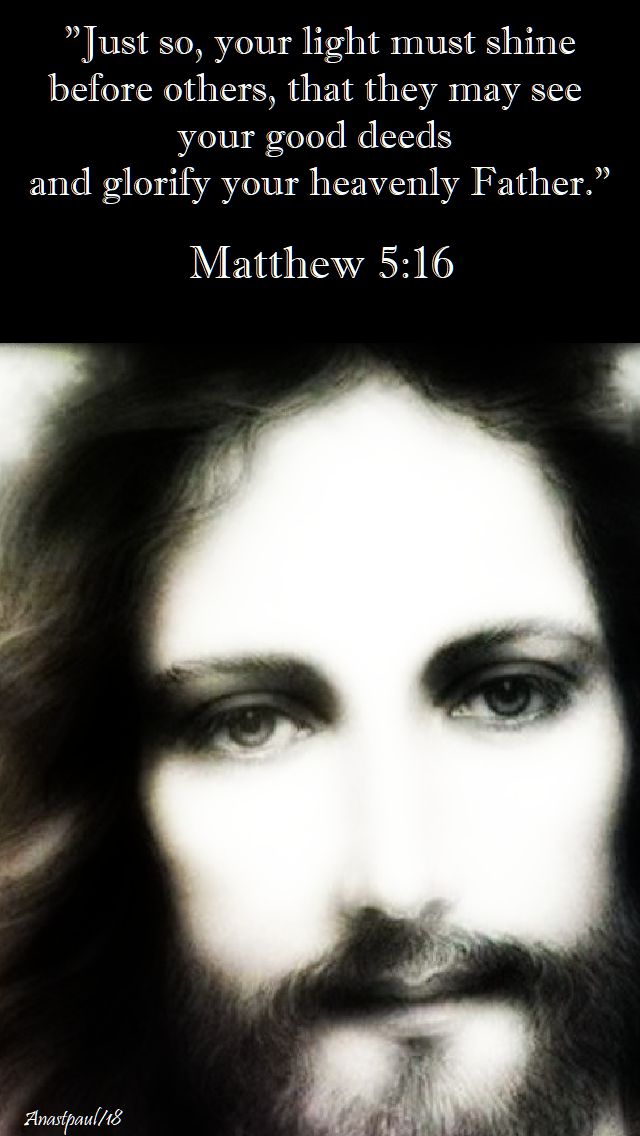


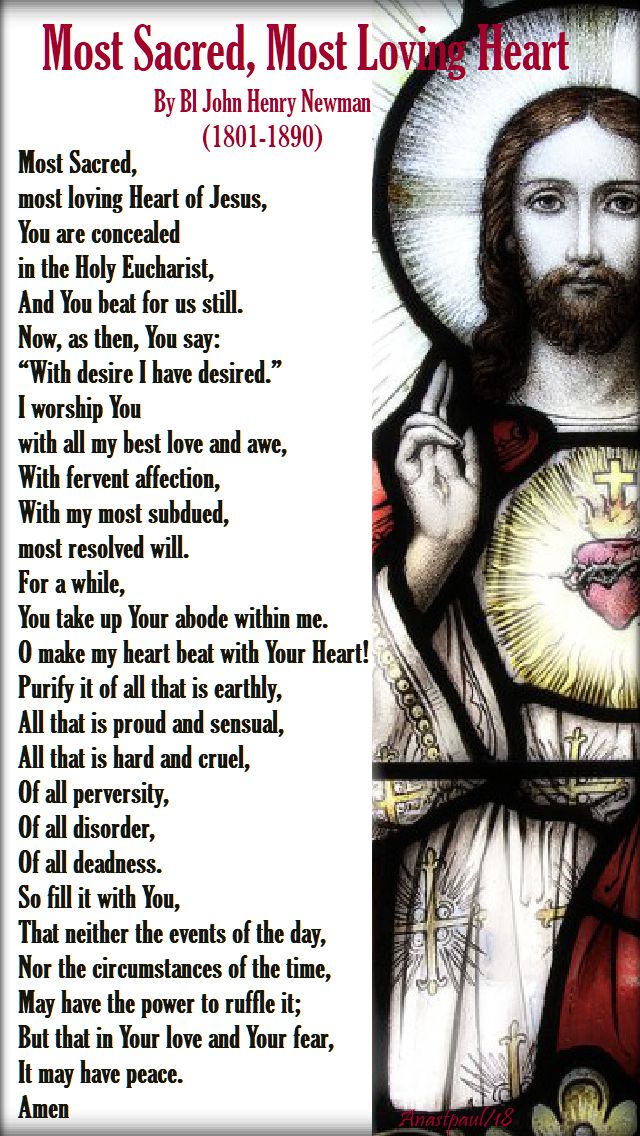









You must be logged in to post a comment.